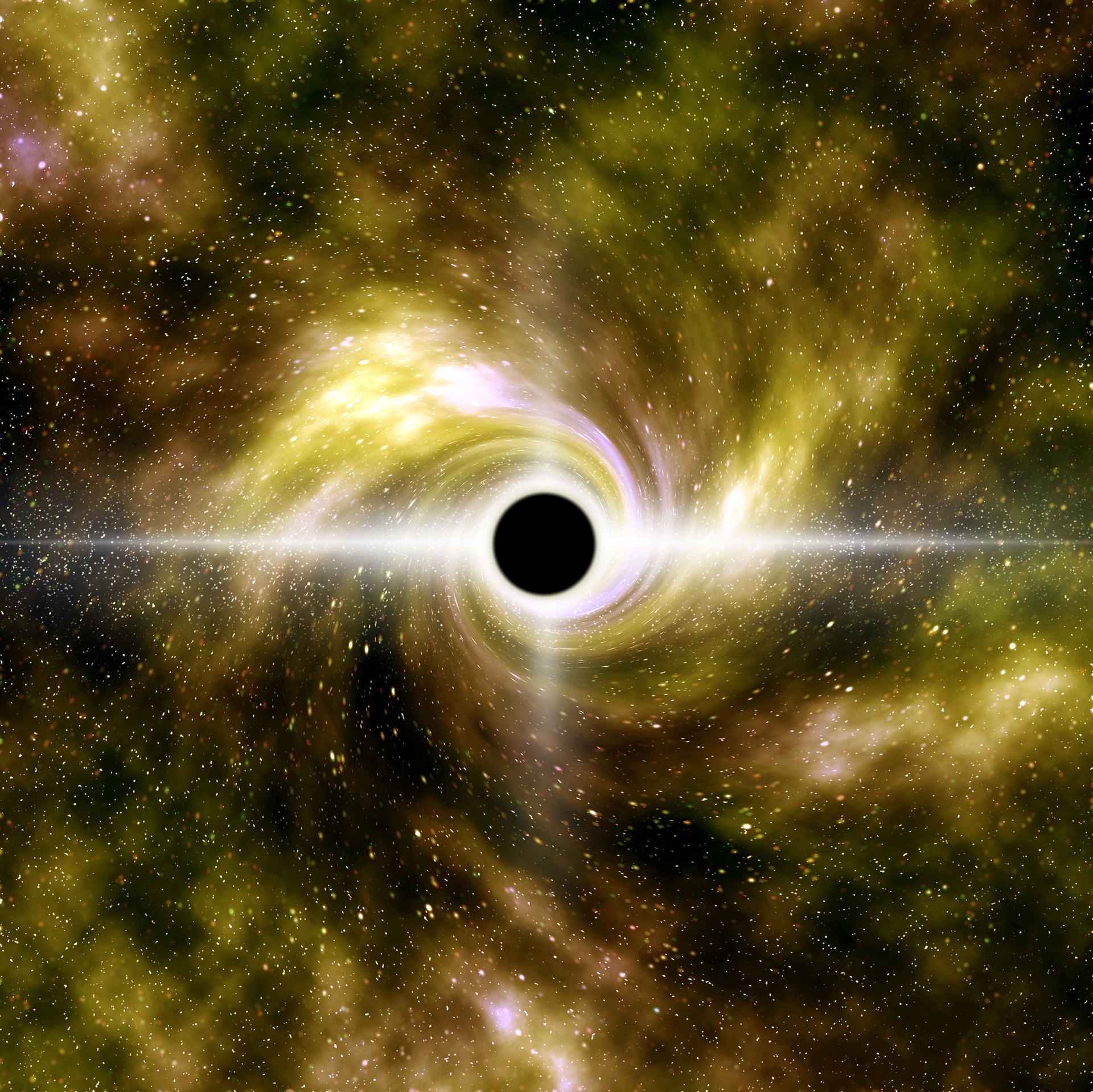
The Invisible Mystery – Part 2
It’s been 50 years since the first black hole was found, yet only last year we were able to actually indirectly image one. Still, so much remains unknown about them. The things we do know however are fragmented and unclear. The fact remains that trying to study something we cannot “see” is proving to be quite the challenge. For now, black holes will remain one of the greatest invisible mysteries of time.
However, thanks to amazingly designed satellites such as TESS and the Chandra Space Observatory, we know a few key points about black holes.
Scientists have gathered a rough idea of how they were formed. Stars that are at least 3 times the size of our sun (3 solar masses) will end their life in a fiery explosion called a supernova.
A supernova occurs when a massive star runs out of the hydrogen that it uses to fuse into helium (nuclear fusion). At this stage, it starts fusing anything it can, including helium, to create energy. The newer elements it fuses together become heavier and heavier until the star starts burning iron, an element whose fusion reactions can no longer provide the star enough energy to keep the outer layers stable.
When this occurs, the outer layers collapse inward and the entire star explodes in what is known as a supernova. If the remnants of this explosion is greater than 3 solar masses, then according the theory of General Relativity, the gravitational force will be extremely high thus crushing everything into a singularity, a point of infinite mass. This is how a black hole is formed.
But what exactly is a black hole?
A black hole is region of space that has such an immense gravitational field that no radiation or matter can escape its grasp. A black hole has a massive amount of matter squeezed into an infinitely small space – singularity. Some even believe that it acts as a rift in the very fabric of spacetime, a portal leading to other worlds entirely, perhaps even other universes. But that’s a story for another time.
Before we talk about the components of black hole, it’s important to understand these key concepts:
First of all, space and time are interrelated. Space-time is a sort of fabric and every object has a certain effect on its surroundings. The larger the object, the larger its gravitational pull and the larger impact it will have on the space around it and therefore time. In fact, even satellites in the Earth’s atmosphere have to adjust to the minuscule time difference that is caused by our planet. Every object that has a mass will have an effect on the fabric of space and time itself. I will go into further detail on this with my podcast, but just remember, space and time affect each other and are connected.
Second, time is something that is relative. On Earth, we may get used to the idea of a standard time system everywhere, but that is far from the truth. Where a person is affects how they view time. Since space and time are connected, a place with a strong gravitational force will bend time itself and cause it to slow for the person experiencing it, but not necessarily the person watching. Time is something that is relative to the viewer and is in no way fixed for everyone and everything in the universe.
Now that we have that out of the way, let’s move on to the key components of a black hole.
The outermost part is called the event horizon, also known as the point of no return. Once any matter or radiation crosses this point, it has no hope of making it back out. Once inside, the matter or radiation will be pulled toward the center of the black hole. This is where a process called spaghettification occurs. The objects that are falling in are stretched out as the parts closer to the center are subject to relatively more gravity than that away from the center. Once pulled inside, nothing, not even light, can make it back out.
The inner part is the point of singularity. where all the mass of the black hole is crushed. This is an area of infinite mass. Remember when we talked about time distortions and the impact of objects on the fabric of space-time? Well, black holes take this to a whole different level. With an infinite mass, the space-time around it will be deeply bent, causing massive distortions in time.
To sum it up, black holes are regions of space with such as strong gravitational force that nothing can escape once it passes the event horizon (earning it the nickname “The point of no return.” The area around it will also be subject to massive time distortions as both space and time are bent to its will.
There is still so much that is left to learn about black holes, such as exactly what happens to the matter and radiation that enters it. There are a variety of theories, but for now, black holes will remain one of the greatest mysteries that mystify the space-time continuum.
Resources:
NASA, SPACE.COM, LIVE SCIENCE






Tagged #cassini, #clouds, #hexagonalstorm, #magneticfield, #saturn